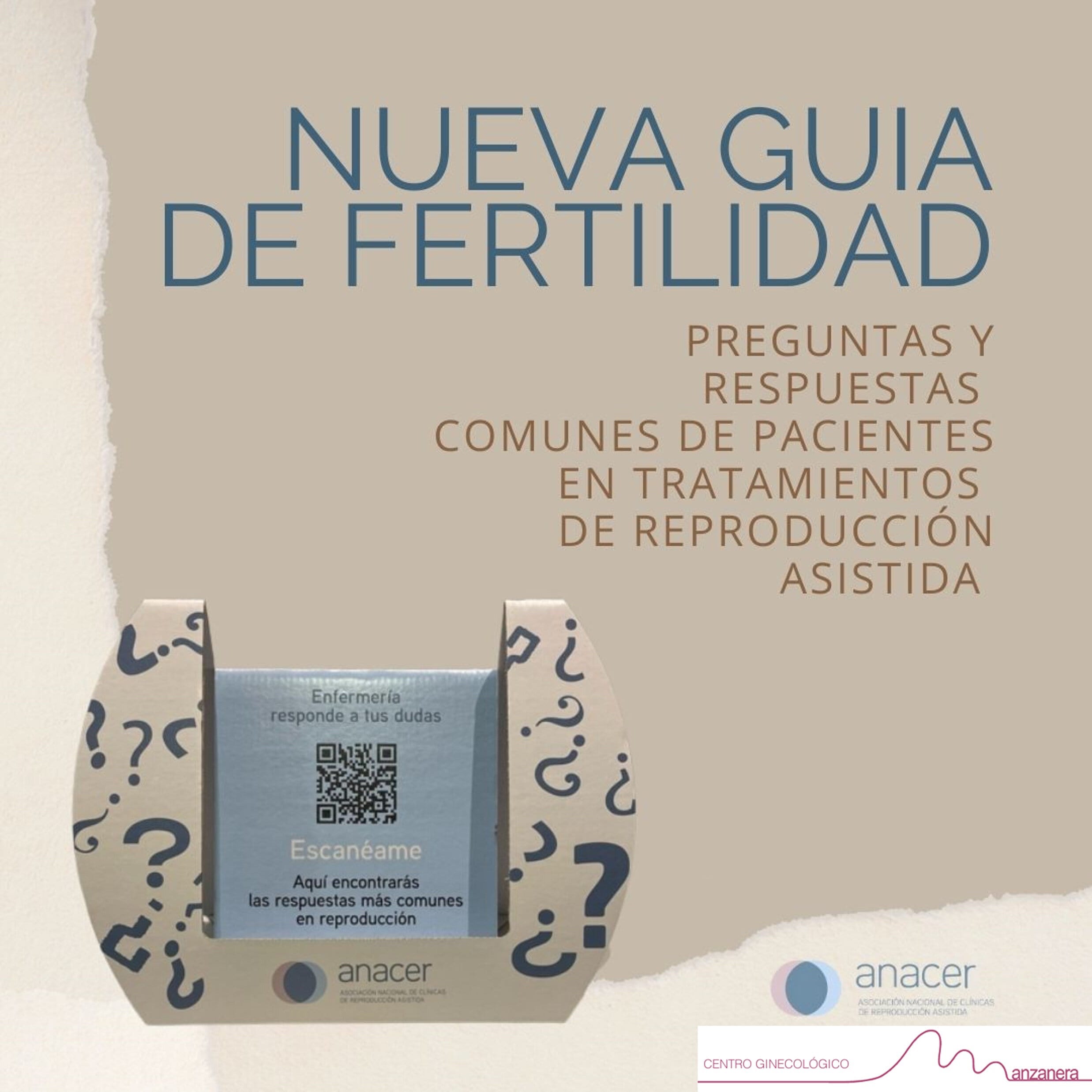The team of nurses has a fundamental role in assisted reproduction treatments. They are in constant contact with the patients and are in charge of a communication bridge between the patient and the rest of the multidisciplinary team.
Patients tend to have many questions during different stages of their treatment, and the nurse is usually the one to respond to the majority of those questions, thus reducing the stress and anxiety that the process can cause.
In collaboration with teams of other clinics belonging to The National Association of Assisted Reproduction Centres (ANACER), Manzanera Fertility Clinic has prepared a guide with the most frequent questions and answers which we receive the most often.
When is it recommended to undergo a reproduction analysis?
Patients under 38 years old who are having unprotected sexual relationships for one year with a frequency of 3-4 days and who did not get pregnant and patients over 38 years old who did not get pregnant within six months.
How long does the fertility analysis take?
The estimated duration is one month. It depends on the tests that the medical team requires when checking patients.
Can I choose the donors?
NO, in accordance with Chapter 2 Article 5 of Law 14/2006 of the 26th of May regarding assisted human reproduction techniques, it is a decision of the medical-biological team based on genetic compatibility and physical features.
Can I do sports during ovarian stimulation?
You can do physical activities and soft exercises during the first days of stimulation. Later impact sports and high-intensity exercises (running, horse riding, mountain biking, etc.) are not recommended. Such sports increase the risk of intense abdominal pain, rupture of follicles or ovarian torsion.
Is there a specific/correct place for the administration of medication?
There is no specific place for the administration of medication, nor correlation between the zone of injection and positive ovarian response. We usually recommend injecting in the abdominal area (around the belly button), in the thigh or gluteus.
What is the two-week wait time?
The period that extends from the day of the embryo transfer until the pregnancy test from the blood takes 14-15 days. This test checks the human chorionic gonadotropin (β-hCG) hormone level in the patient’s blood. This hormone starts increasing when the transferred embryo(s) implant and is the most accurate pregnancy test. You can do a pregnancy test from urine too; however, a blood test is more accurate and trustworthy.
Here is a link to the full guide (Spanish only): https://anacer.es/guia_de_fertilidad/.
For any questions, you can email us via info@centromedicomanzanera.com or fill in the contact form on our website https://centromedicomanzanera.com/en/formulario_en/.
Cristina Mateo
Nurse at Manzanera Fertility Clinic

